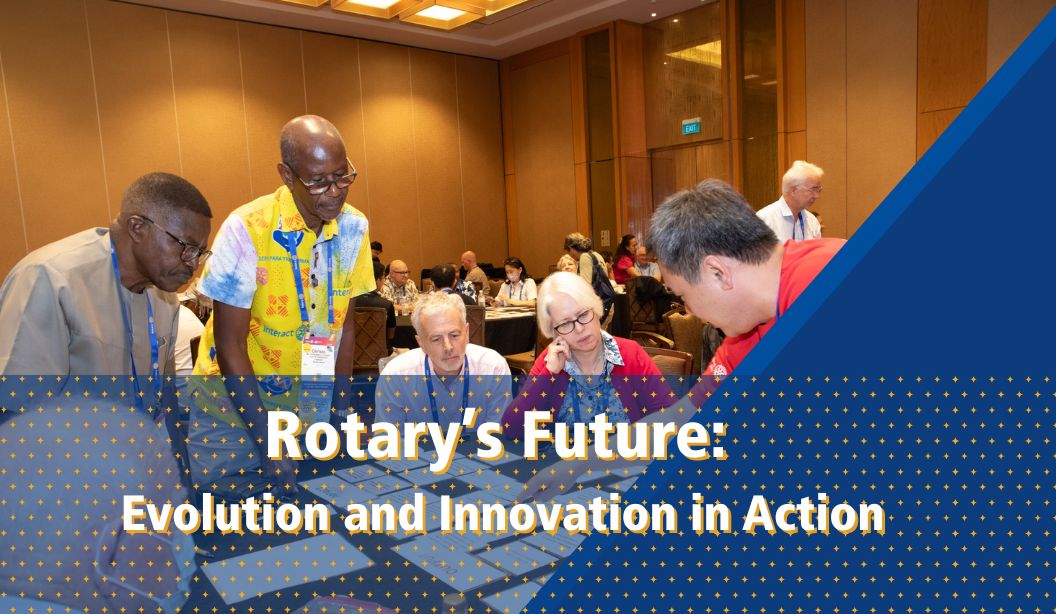As Rotary drives full steam ahead with new club creation, and with much of that new club creation being in the form of innovative club models, I’ve watched and listened. Many of us have had intense discussions in private and I’ve seen a few discussions aired out in public over social media.
Like many discussions, the extremes seem to draw the most attention. “Innovative Club Models are the only way we are going to grow as an organization.” “Alternative club models are watering down Rotary.”
The solution is somewhere in the middle. My friend and former Rotary Coordinator Chris Jones often refers to a Paul Harris quote- “If Rotary is to realize its proper destiny, it must be evolutionary at all times, revolutionary on occasion.” Paul Harris said that quote in the 1930s. Here we are almost 100 years later, and the same thing is true.
I love etymology and I often wonder why Paul Harris would have said that only a couple of decades after Rotary was formed. In the 1930s, Rotary had grown to 3,177 clubs with a membership of 144,500 in over 60 countries. World War II led to the loss of 484 clubs and over 16,000 Rotarians. Sound familiar?
I’ll never forget sitting in a District Executive Committee meeting a few years ago where we were talking about the District’s position on satellite clubs. One of the Past District Governors was clearly against the idea saying that if people weren’t giving to the Foundation (we were discussing reduced dues structures), they weren’t really Rotarians. I remember saying that it’s not a zero-sum game. We can have robust traditional clubs AND open new pathways. A Rotarian paying reduced dues today might be tomorrow’s major donor.
When I joined Rotary and learned more about Rotary’s structure, the Rotary path seemed clear but incomplete. We had Interact for high school students. We had Rotaract for college students. Established community business leaders had traditional clubs. There wasn’t a good option for young professionals. Attendance requirements were too rigid. Traditional Rotary could be too expensive. It could be exclusionary.
Enter the evolution of traditional club rules and new pathways.
As people of action who care about our organization’s health, what is the answer? I think it’s simple. Not easy. But simple. We must focus on club experience. To say it another way, our existing clubs need to be healthy. And that is not always the case. To be healthy, we must meet the needs of our members.
We must “sell” our experience to others. We can best do that through Discover Rotary aka Rotary Information Hours.
And finally, YES…we must open new pathways. New pathways are critical to the evolution of Rotary.
The success of our organization depends on doing exactly what Paul Harris told us in the 30s…“be evolutionary at all times, revolutionary on occasion.”
_____
Make sure to check out the Membership Action Plan





